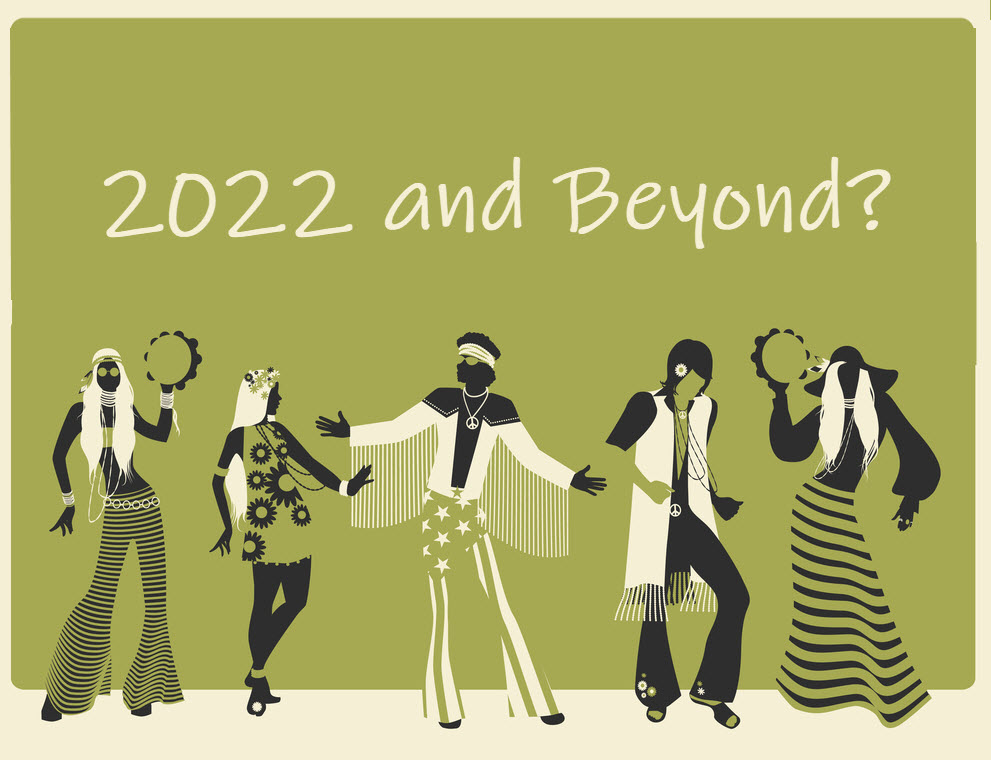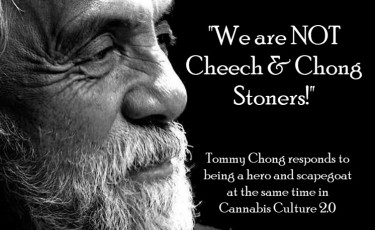
Will the Stoner Culture Survive in 2022 and Beyond?
As we wind down in 2021 and enter the third year of a pandemic, the trend towards global cannabis legalization is only gaining momentum. While I may have incorrectly predicted that cannabis would be legalized in North America in 2021, it will likely happen sometime in 2022. The US Congress said it would vote the matter in spring 2022 and further south the Mexican Senate will also vote in the first quarter of the year.
With all of these legal changes one can only wonder what will happen to the culture that helped fuel the cannabis legalization movement. I’m talking about Stoner Culture – which currently still exists but could go away in the near future. It may not fade completely, but it can evolve into something completely different. In today’s article, we take a closer look at how the stoner culture has evolved over the years, and how it may fade in the near future – unless a few good stoners stick to its core.
The dawn of stoner culture
The Stoner culture is the counterculture. The counterculture was born out of the opposition to the drug ban and was only really “launched” in the 1960s and 1970s. It was in response to aggressive government-sponsored anti-drug rhetoric calling those who smoked cannabis “stoners”.
Originally a “stoner” was a reference to snap dogs, but during the 1960s and 1970s, when cannabis became the drug of choice for the counterculture, the term was carried over to that subculture. These people were typically viewed as “outsiders,” “lazy people,” and essentially the undesirables of the time. The exclusion of this population group should give the participants the feeling of feeling like “second-hand citizens” and appeal to the patriotic ideals of the masses.
Unfortunately, the PSAs were so ridiculous, and government propaganda grossly exaggerated the effects of marijuana, that when people who smoke weed saw these things, they identified with them instead of being “repulsed” by marginalization. As a result, the term “stoner” gained importance and eventually the concept would creep into the counterculture.
“Sticking to a Man” became as easy as smoking a joint, so smoking cannabis was a revolutionary move. In addition, with the likes of Jack Herer, High Times, and other counterculture magazines of the time, it gave people a unified voice. Given the therapeutic benefits of cannabis and the fact that it has helped some people who medication failed – the “cause” became more than just sticking to the man, it became a matter of human rights, health, and medicine.
The normalization of the counterculture
In the late 1990s, cannabis was legalized for medicinal purposes in places like California. It happened because another underground culture – that of the gay rights movement, which suffered the worst blow of the HIV / AIDS pandemic – found that cannabis helps with wasting syndrome and stimulates appetite – both side effects of HIV / AIDS.
Hence the counterculture, largely viewed as no threat to the establishment; Consistent with the goals of the gay rights movement, of course, and as a result, medicinal cannabis became the route for legalization.
Of course, that merger didn’t mean the Stoner culture disappeared. Rather, they became “comic relief” in films, sitcoms, and music. This allowed the general public to become familiar with stoners in general, and finally, in 2012 – enough support was gained to push for the first recreational foray in Colorado and Washington.
When “The Man” became Stoner …
Since 2012 we have seen corporatism invade the cannabis field and change what cannabis is. Since then, even the word “marijuana” has been viewed as potentially “offensive”. Corporatism is woke-ism that appeals to the broadest section of the population. This means that their ultimate goal is to be an “ally” of the majority and thus – a stoner is no longer suitable.
I have been reporting on cannabis for over ten years and have seen the cannabis industry evolve. While strain names and shops still have that “stoner feel” to it, the truth of the matter is that “stoneism” is a far cry from modern day cannabis.
With the likes of Justin Bieber jumping into the game and “high-end” weed becoming the mainstay in the industry, cannabis no longer reflects what it was before 1997.
Today’s cannabis user is yesterday’s poser or narcot. But today’s cannabis user also spends significantly more than yesterday’s stoners. That brings us to the question – will the stoner culture survive.
The death of Stoner?
Corporatism is aimed at selling a product to the masses, and freedom-loving stoners may not fit in with it. Although the subculture still exists, it is no longer viewed as a “shadow activity”. It’s no longer revolutionary. In the realm of modern cannabis, the stoner is a dying breed.
But will the stoner ever go away?
I don’t think so – at least not while I’m still alive and writing to the masses. The stoner just keeps evolving and still remains a very counterculture. It is the world’s stoners who still distrust the government. It is the stoners of the world who would oppose government supremacy, mainly because they have been prepared all their lives to sacrifice their freedom for everyone’s right to smoke.
Stoners are revolutionaries and while many modern cannabis users do not reflect the stoner ethos, the stoner spirit will always stay strong. In fact, we must thank the millions of stoners who paved the way for what the cannabis industry is today.
So when you’ve read to this point let me ask you a simple and simple question – “Will the OG Stoners speak up, please?”
Are you a stoner Let me know in the comments!
WE ARE NOT PILES OF STONES, THE NEW MARIJUANA SLOGAN, READ MORE ..

CAN THE STONE CULTURE SURVIVE, STEVE DEANGELO HAS A STRONG IDEA!
OR..

DO CHEECH AND CHONG HAVE TO DIE? TOMMY CHONG answers …

Post a comment: